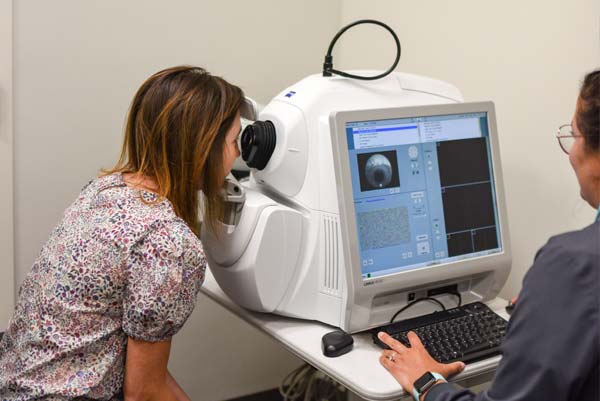- Services
Services
More than just next-level eye exams, we provide a full spectrum of optical services. - Locations
Locations
More than just a prescription and frames, CLEAR is eye care reimagined. We serve patients throughout North Texas in our clinics and mobile clinics.
- Find a Doctor
Find a Doctor
More than just a prescription, our board-certified optometrist’s care about your eyesight as much as you do. Find an eye doctor close to you.
- Brands
Brands
Find everything from budget-friendly options to some of the most unique, exclusive brands in the world.
- Pricing



